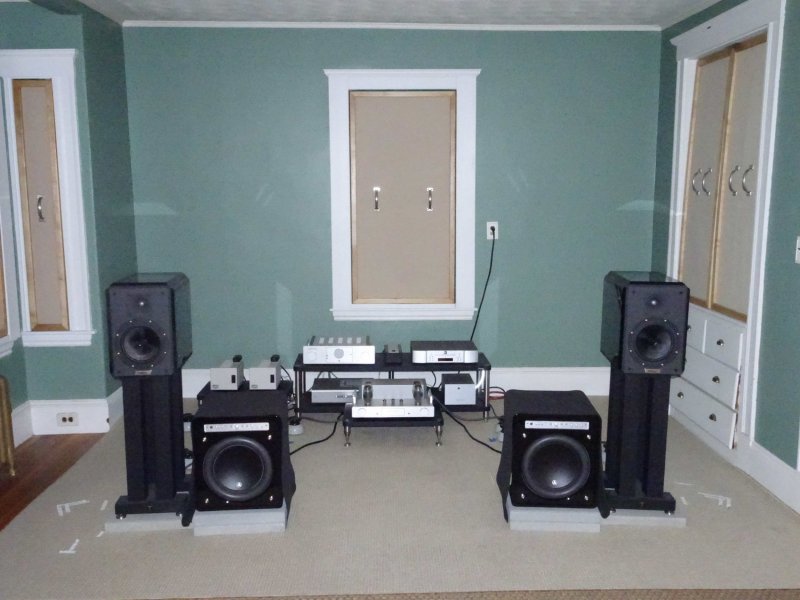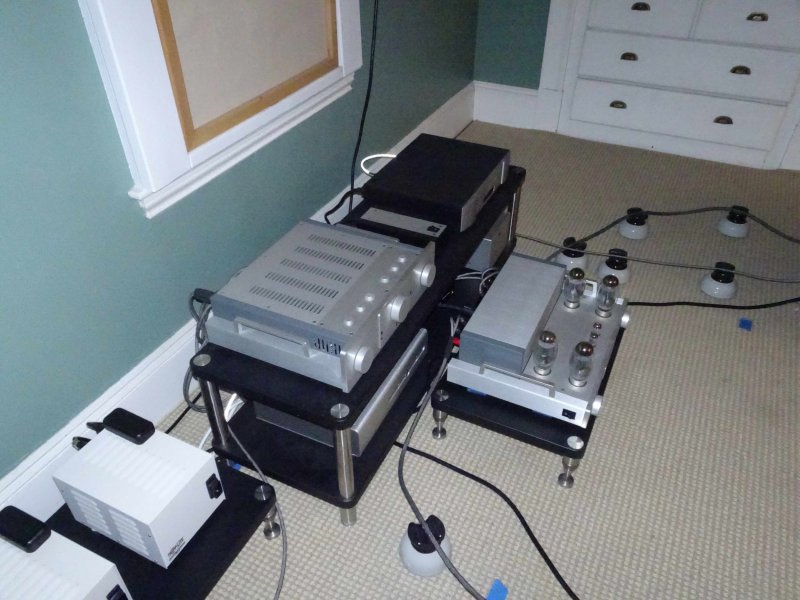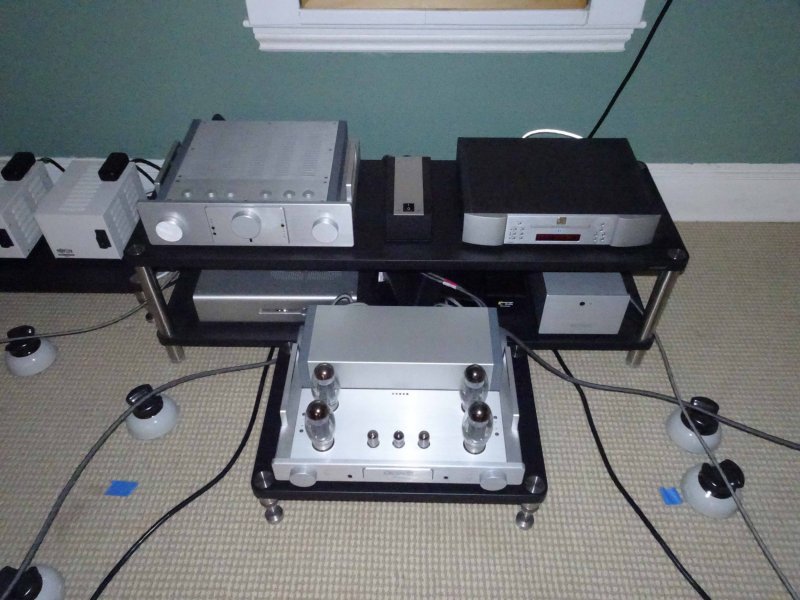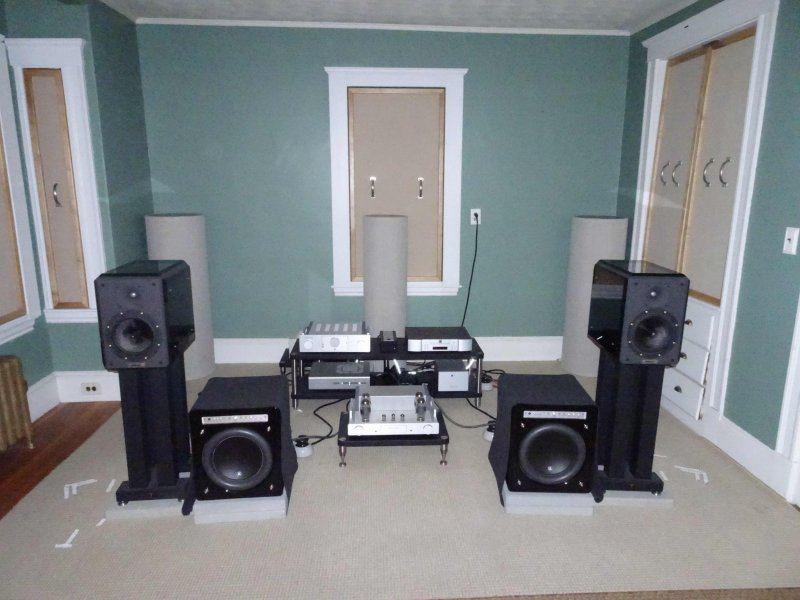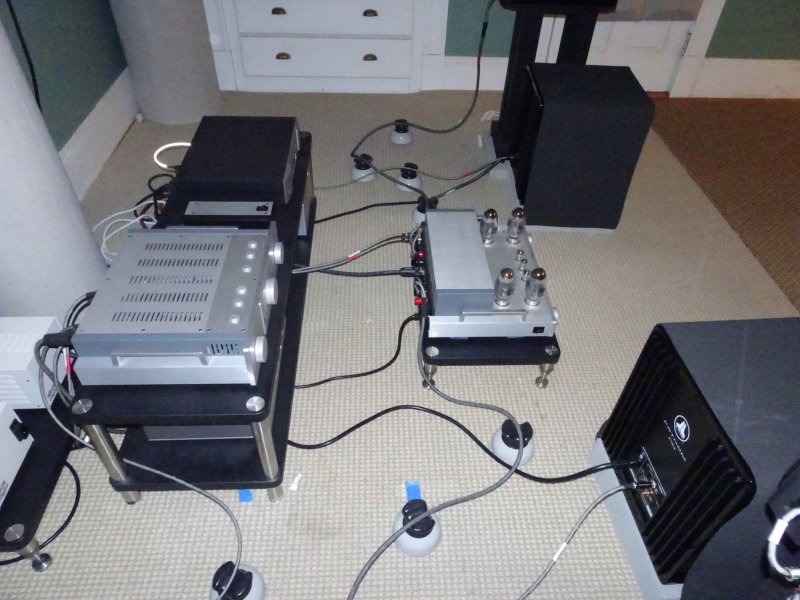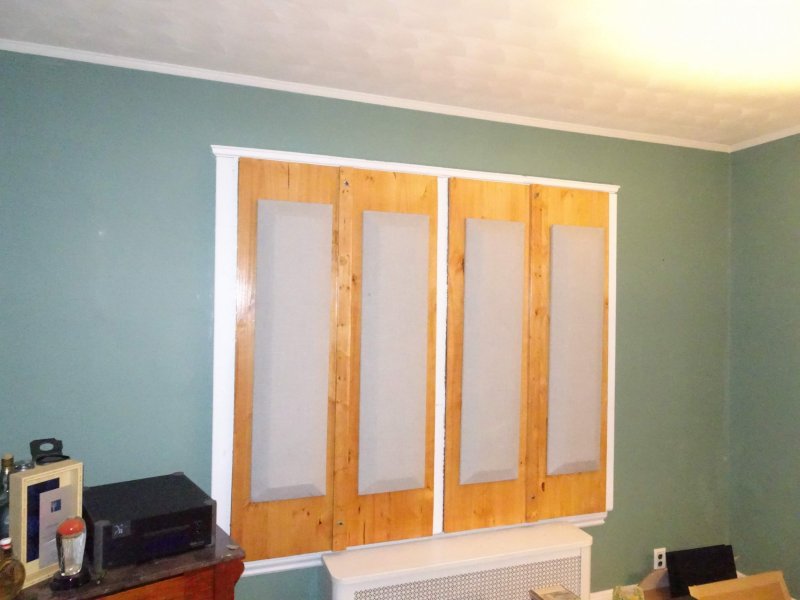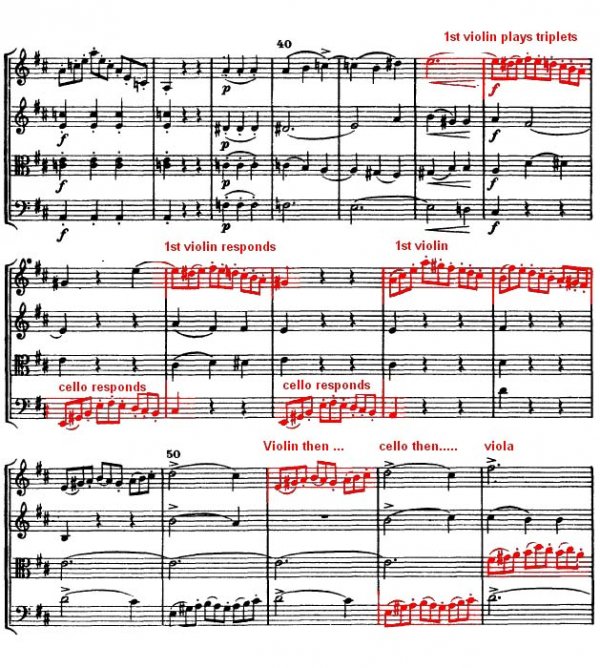Recently I reported, with pictures, that I moved my equipment rack further back:
I had said that there was a big change. At first I had thought there was a much more generous presentation of space, on top of what I already had, but upon critical repeated A/B comparison (moving rack back and forth) the difference turned out to be rather minor, even though there was one.
The other big difference though holds, and that is further reduction of distortion. A few of the remaining problem passages on Haydn string quartets, played on period instruments, sounded yet cleaner, to my amazement and satisfaction.
After I reported the move, David Karmeli (ddk) suggested that I should try to remove the last remaining TubeTraps, after I had already removed half of them (thanks, Peter A., for your suggestion back then!). In the old configuration, with subwoofers at the front wall, I still needed the remaining TubeTraps.
I had already reported on the first preliminary experiments with positive results the same evening that David made the suggestion (post Jan 3, 2021), but I needed to critically evaluate and confirm further.
I was checking on:
1. Bass quality: Confirmed that there was no problem with bass speed and accuracy.
2. Rhythm & timing: degradation – even catastrophic collapse -- in this area had been a real problem years ago, when I first tried removing the corner TubeTraps in another, older system configuration (with subwoofer at front wall). Everything remained still excellent this time. Really, really important.
3. Transients on solo violin and saxophone (as critical examples for transients in general) -- I had heard these to be blurred in another system/room without TubeTraps, and restored them with. I needed to make sure that there were no adverse effects from removing TubeTraps in my own room in that respect. After multiple checking, no problems found.
4. Imaging / soundstage: Years ago I had found that images greatly increased in size without TubeTraps in my room, but that was when I still had pinpoint imaging. In the meantime I have come to very much dislike pinpoint imaging as being unnatural, and have adjusted my system with speakers very much toed out. With the new imaging, with no sharp outlines and small images anymore, but instead larger size images that have no clear boundaries (like in unamplified live music), there is no difference by removing the TubeTraps. Also the depth position of performers within the soundstage (forward/back) is unchanged.
Ok, so no disadvantages. But again, this is all context. When I had the subwoofer(s) at the front wall, the TubeTraps were absolutely necessary, and I have witnessed them in other rooms being necessary as well.
Advantages with removal of TubeTraps:
1. More open sound. More extended high frequencies. This is very welcome! On the other hand, it is no surprise, given that the hand-clapping test also shows more liveliness. Again, room specific. The front half is already quite damped, with the large wool carpet. This is for the purpose of getting the soundstage right, and to my taste.
2. The mid-bass/upper bass is more even, in particular there is more flesh on the sound of rock drums, which now show a very satisfying presentation.
3. Optics. The room looks more like a normal room, which some guests undoubtedly will find appealing. Personally, I had nothing against the look of the TubeTraps, but on the other hand having a room without them has its charm as well.
Overall, a win for better sound. Thanks again, David, for the suggestion!
***
Interestingly, the measures of reflection control and resonance control that I had introduced recently caused less emphasis on high frequencies, with them less drawing attention to themselves. The combination of this effect with the now actually greater HF extension causes much more evenness at the upper end of the frequency spectrum.
At the same time, on the lower end, there is no suck-out in mid-bass/upper bass anymore. Interesting the effect of all the recent changes, not just removal of TubeTraps, on different recordings featuring piano. Count Basie’s piano on 88 Basie Street has shed some excess fat in the low register, for a more realistic sound. On the other hand there is yet more authority -- without added fat -- in the piano intro in the low register that opens ‘Life Goes On’ with the Carla Bley Trio (released 2020). It had already sounded very good, but now it is even better (by the way, I listen to this recording with the subwoofers off, since the bass guitar is rather overwhelming, as I also heard in another system).
All the above goes more in the direction that Peter described in his own system -- and which I have heard myself there -- of a more natural sound where no frequencies are particularly emphasized.
Eventually I was able to move the equipment rack even further back after I removed all the TubeTraps, including the one in the middle between front wall and equipment rack. So I moved the rack yet another 14 inches; it is now close to the front wall as you can see in this currently final system configuration:
